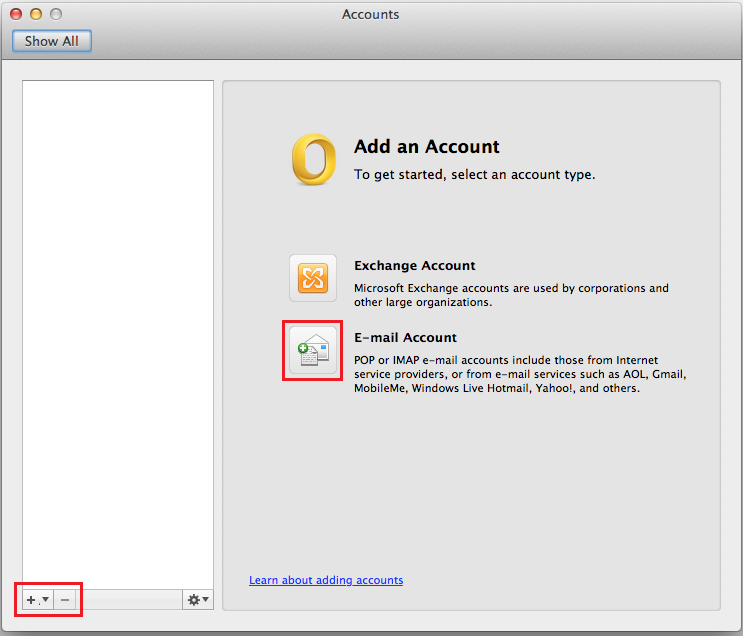WWDC 2020 has come and gone, and while there is a lot to unpack for the consumer side, there is a considerable amount to unpack on the enterprise side as well. One of my favorite slides of the entire keynote is where they show the grab bag features that didn’t make air time but are often very important. This year, one of the key things I noticed for enterprise and K–12 customers was the ability to set default email and browsers on iPad and iPhone. What does this mean for enterprise and K–12 customers as they look ahead to iOS 14?
About Apple @ Work: Bradley Chambers has been managing an enterprise IT network since 2009. Through his experience deploying and managing firewalls, switches, a mobile device management system, enterprise-grade Wi-Fi, 100s of Macs, and 100s of iPads, Bradley will highlight ways in which Apple IT managers deploy Apple devices, build networks to support them, train users, stories from the trenches of IT management, and ways Apple could improve its products for IT departments.
As part of iOS 14 and iPadOS 14’s new features, users will be able to change their default app preferences for the first time. Details are currently not known, and the feature is not in the first round of developer betas. One of the slides in the WWDC presentation featured a block that announced users will be able to change their default browser and default email app. Support for changing default apps is a long-requested feature, as iOS 13 and prior versions of the operating system will always direct taps on links to Safari instead of Chrome, and new emails start in Apple Mail over an app like Spike.
Oct 29, 2019 Hi Zmclearan. I have the MS Outlook app installed on my iPad and it works with my hotmail account. I would like to make the MS Outlook app my default mail app on my iPad. I’m using software version 13.1.3.

Microsoft Outlook For Mac Updates
Can default apps be set via MDM payload?

When I first saw the feature, the first thing that came to my mind was whether it could be set via an MDM payload? If it can, then it’s going to be a heavily used feature for enterprise and K–12 customers. On the email side, I could see organizations that use Microsoft 365 will want to set Microsoft Outlook as the default email app on corporate devices. Schools that use G Suite might want to set the Gmail app as the default email app to simplify setup and onboarding.
On the browser side, I could see a new generation of K–12-focused browsers that have more robust content filtering than Safari provides regardless of the network. Since you can disable Safari via MDM, schools could send devices home (especially if Distance Learning makes a return in the fall) without worrying about the security systems on the student’s network. On the enterprise side, I could see a similar approach to email. Organizations might install either Chrome or Microsoft Edge for iOS to sync bookmarks over from their desktop counterparts.
I am looking forward to learning more about the new mobile device management APIs in iOS 14 and macOS Big Sur in the coming months. As I learn more, I’ll continue to provide the latest updates.
Microsoft Outlook For Mac 2011
FTC: We use income earning auto affiliate links.More.
When you open Outlook 2011 for Mac, the program is in Mail view. While Outlook 2011 for Mac is running, you can always see how many unread e-mail messages you have by glancing at Outlook’s dock icon and looking for the number bubble. Even when you press Command-Tab to switch applications, you see the bubble.
Outlook also tells you how many unread messages you have in a folder or Inbox in the folder pane:
Viewing the default Mail view in Outlook 2011 for Mac
Outlook 2011 introduces two new concepts to viewing your mail. The default view has both of these features turned on:
Grouped Folders: Notice the organization of the folders. In this new arrangement, immediately beneath the Inbox you find On My Computer. If you have more than one account in your Identity, folders with similar names are grouped together.
Arranged by Conversations: Messages are arranged by threaded conversations, meaning that all the messages regarding the same subject are grouped together.
Outlook For Mac 2011 Download
The default view setting is for message bodies to be displayed to the right of the list of messages, with the newest message threads shown at the top of the message list, which lies between the folder list and the message body. The subject of the message displays in bold if there are unread messages in the conversation. Messages that have been read are displayed in normal (not bold) font.
Make Outlook 2011 Default App Mac Download
Switching to folder/subfolder arrangement in Outlook 2011 for Mac
To use the traditional folder/subfolder arrangement for your folder list, you have only one setting to change. Choose Outlook→Preferences from the menu bar. In the Preferences dialog, find the Personal Settings group and click General. In the Folder List group, deselect the check box labeled Group Similar Folders, such as Inboxes, from Different Accounts. Notice that folders under the On My Computer heading (meaning they’re not on the server, but saved locally on your Mac) are now segregated from the Inbox in traditional folders with subfolders.